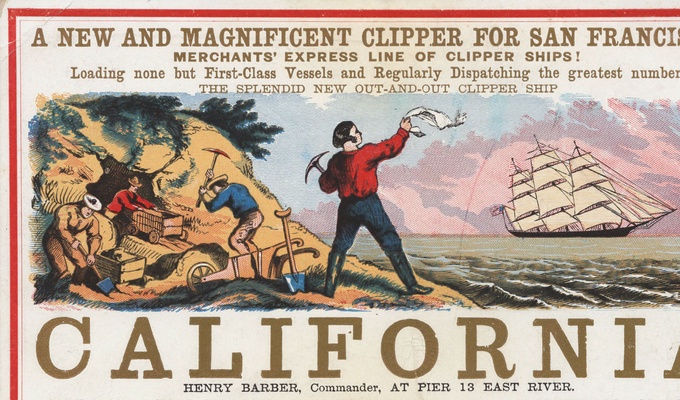A gold rush or gold fever is a discovery of gold—sometimes accompanied by other precious metals and rare-earth minerals—that brings an onrush of miners seeking their fortune. Major gold rushes took place in the 19th century in Australia, New Zealand, Brazil, Chile, South Africa, the United States, and Canada while smaller gold rushes took place elsewhere.
In the 19th century, the wealth that resulted was distributed widely because of reduced migration costs and low barriers to entry. While gold mining itself proved unprofitable for most diggers and mine owners, some people made large fortunes, and merchants and transportation facilities made large profits. The resulting increase in the world's gold supply stimulated global trade and investment. Historians have written extensively about the mass migration, trade, colonization, and environmental history associated with gold rushes.
Gold rushes were typically marked by a general buoyant feeling of a "free-for-all" in income mobility, in which any single individual might become abundantly wealthy almost instantly, as expressed in the California Dream.
Gold rushes helped spur waves of immigration that often led to the permanent settlement of new regions. Activities propelled by gold rushes define significant aspects of the culture of the Australian and North American frontiers. At a time when the world's money supply was based on gold, the newly-mined gold provided economic stimulus far beyond the goldfields, feeding into local and wider economic booms.
Gold rushes occurred as early as the times of the Roman Empire, whose gold mining was described by Diodorus Siculus and Pliny the Elder, and probably further back to ancient Egypt.
